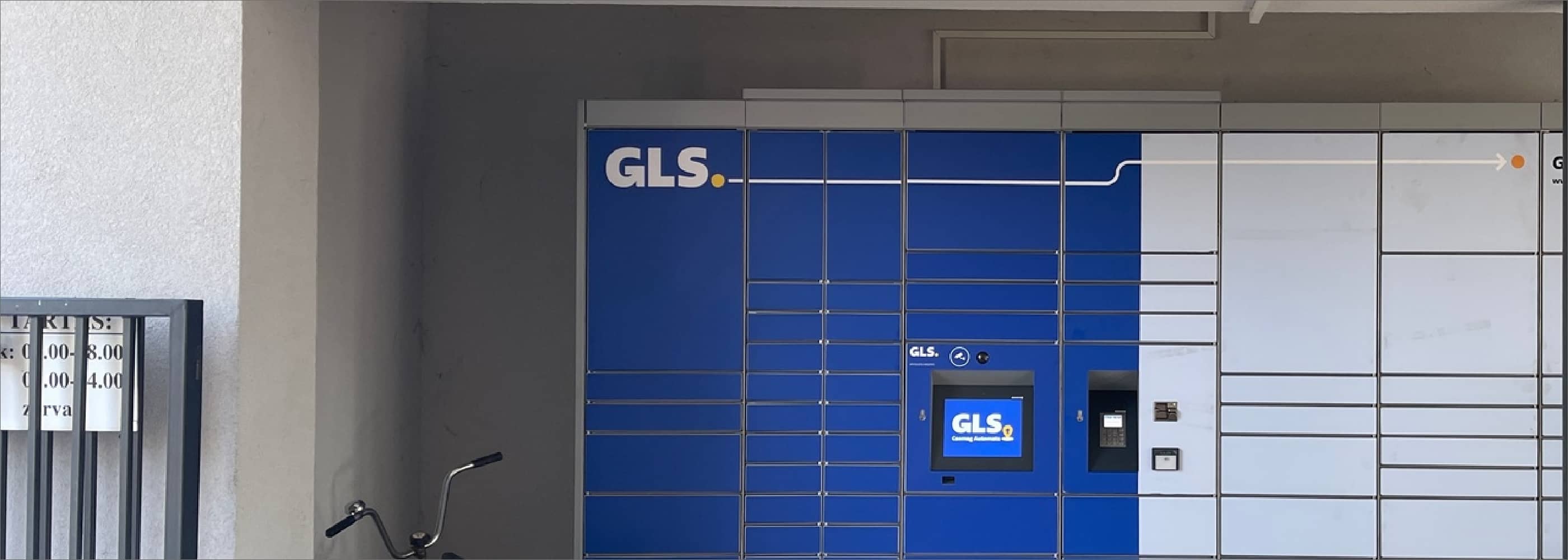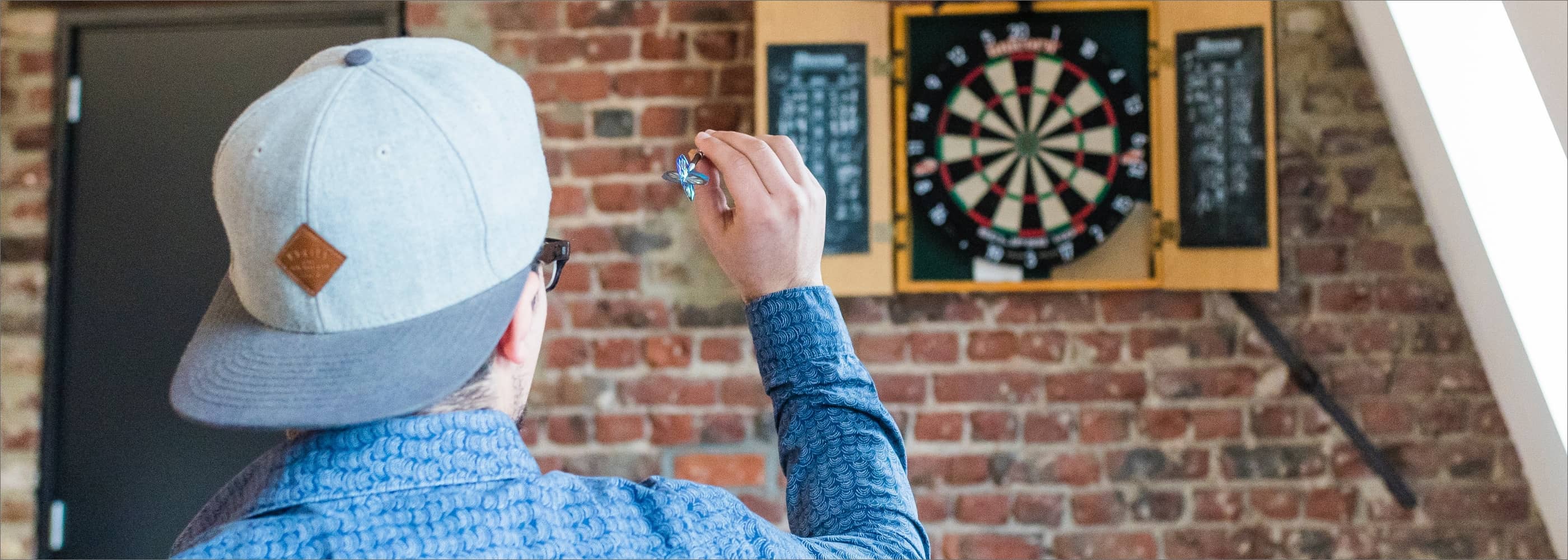The good news is that there is an arrow that will work best for everyone. You just have to find it. There is such a wide range of options available to every player today that it is statistically impossible for there not to be an arrow shaft that suits your throw, grip, and preferences. However, with so much choice, choosing is also much more difficult. When choosing an arrow shaft, here are some things to keep in mind to ensure you make the right choice.
WEIGHT
We are talking about a simple thing and you might think that it does not matter much, but I can tell you from experience that even 1 gram can make a huge difference. Personally, I recommend a 22 or 23 gram arrow as your first arrow if you do not have a basis for comparison. This is also supported by the fact that most professional players use arrows between 21-24 g. Of course, based on individual preferences, you can deviate from this in either direction, even significantly. For example, just to name a few of the more well-known ones, Stephen Bunting plays with a 12 gram arrow while Ryan Searle plays with a 32 g javelin.
CENTER OF GRAVITY
I would distinguish three points of gravity depending on whether the center of gravity is in the middle of the body - forward or backward. It is worth starting with an arrow with a center of gravity for your first arrow, since you have to shape everything from the throw and a heavily nose-weighted arrow is very difficult, if not impossible, to provide a shaft and a feather that will fly well if you like to hold the arrow from the back. The big advantage of a straight center-weight arrow is that it can be adjusted to almost any grip with other fittings.
MATERIAL
In the past, only copper arrows existed, which were pushed off the throne in an instant by tungsten arrows as soon as they appeared. This is no coincidence, as nickel-tungsten arrows are much more durable, so especially at the grip point, it matters a lot how long the arrow surface wears out, and possible injuries deform it less. Today, copper bodies could be called entry-level arrows, since their primary function is to provide a cheap solution for those who are not yet sure whether they want to play this sport more seriously. They can also be a good choice for those who pick up their arrows several times a week, where durability and the difference in diameter discussed below are no longer important.
Another aspect of the material composition is that, being a much denser material, a 22 g nickel-tungsten arrow will always have a smaller diameter than its copper counterpart of the same weight and length. This is important because with a larger diameter arrow body it is much more difficult to pack arrows next to each other to make the classic saaaa
ADHESION/GRIP
This refers to the characteristic knurling of the given arrow or a more specific concave/convex shape. It is also a matter of preference, but there are arrows that range from having a particularly smooth surface of the entire body to (according to some) having such intense knurling on the arrow is almost essential. As a start, it is worth choosing a middle ground here, in accordance with which manufacturers offer most of their solutions in that category. Very popular are solutions where there is no or less knurling at a certain point of the arrow, or there is some kind of indentation/bulge, thus helping the player to be able to grip every arrow there.
DESIGN
This can be looked at from two sides. From a factual perspective, whether your dart is black, red or purple has no effect on your throws. From another perspective, I think most darts players have experienced that their new dart (of course, typically not just in design) was different from the previous one and they developed a more positive mental state towards the dart than before and immediately told their friends and family how they had hit 180s with the new dart and how much their throws improved.
You're right, the latter is most likely just placebo, but it's not to be underestimated. The real big shot in this matter is Peter Wright, who almost makes a sport of changing his darts so much that he even changes darts during a match just because he doesn't feel good with what he's throwing. If you like the way your dart looks, where its center of gravity falls, its grip, how smooth/rough it is and how comfortable it feels in your hand, it does have an impact on your game or at least on your emotions, how you experience the game and ultimately this will be what makes you say that a dart is perfect for you, right?
CONCLUSION
Ultimately, what is pleasant and comfortable is different for everyone, which is exactly why there can be such a large selection in the category. If you have already had an arrow, I am sure that you can describe what you do not like about it, or how it could be made even better. Fortunately, you have the opportunity to find another one based on this. If you have not had an arrow yet and you do not know whether this sport is good or not, do not worry! My suggestion is to choose a straight arrow, the order of which seems pleasant. Many people do not have more demands than this regarding an arrow. If you are one of those who would like to do more with this sport, then you will start your journey from a good base. After that, it only depends on you how far this path leads and how many arrows you will own during this time.













Leave a comment
This site is protected by hCaptcha and the hCaptcha Privacy Policy and Terms of Service apply.